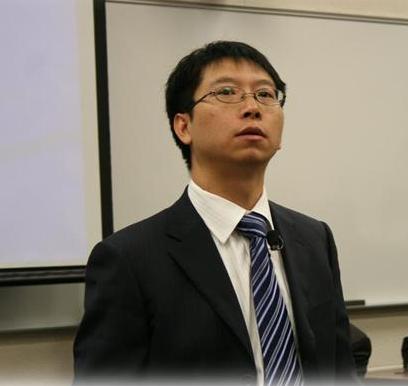China – Professor Yunfeng Lu, Peking University

Joe Hepworth
Research Advisor
Professor Yunfeng Lu: Historically, China has had five religious traditions: Buddhism, Daoism, Confucianism, sects, and popular religion. China is a continent of spirits. Popular religion was defined as “feudal superstition,” and became a subject of repression and destruction. Traditional sects were labeled “reactionary organizations.” Confucianism was regarded as the relic of feudalism in 1950s. It was not permitted to be a kind of religion. In the 1950s, the state officially recognized five religions. The State recognized them but heavily regulated and refused to allow them to participate in public life. The state began to eliminate religion, especially Protestantism. During 1960s and 1970, the theme was elimination. Religion went underground. Protestantism enjoyed rapid growth during cultural revolution. The 1970s brought the rise of “political religion,” or Mao worship. The “Red Treasure Book” of Mao quotations was revered as a bible. Places where Mao lived became sacred and became a pilgrimage destination.
In the 1980s and 1990s, moderate regulation became the theme. Document 19 recognized the existence of five religions. The Constitution reaffirms freedom of religious belief. Religion rose rapidly. Buddhist, Protestant, Catholic, Taoist, Islam, were recognized. Popular religion continues. More than three quarters of the population of the country claim to be nonbelievers. Since 1980s, popular religion became “intangible cultural heritage.” Rise of Qigong and the new religion in 1980s. In 1990, China suppressed Qigong.
On any given Sunday, there are more protestants in China than in all of Europe. Same with Muslims. Urban and intellectual Buddhism is rising. Taoism is also reviving.
How should we view religion? Opium, rebellious organization, culture, or a force contributing to a stable society?
Church state relation is standing at a crossway. Current policy in China permits the five religions. What about the future? No answer. Patience is important. Time is a key factor to resolve the problem.